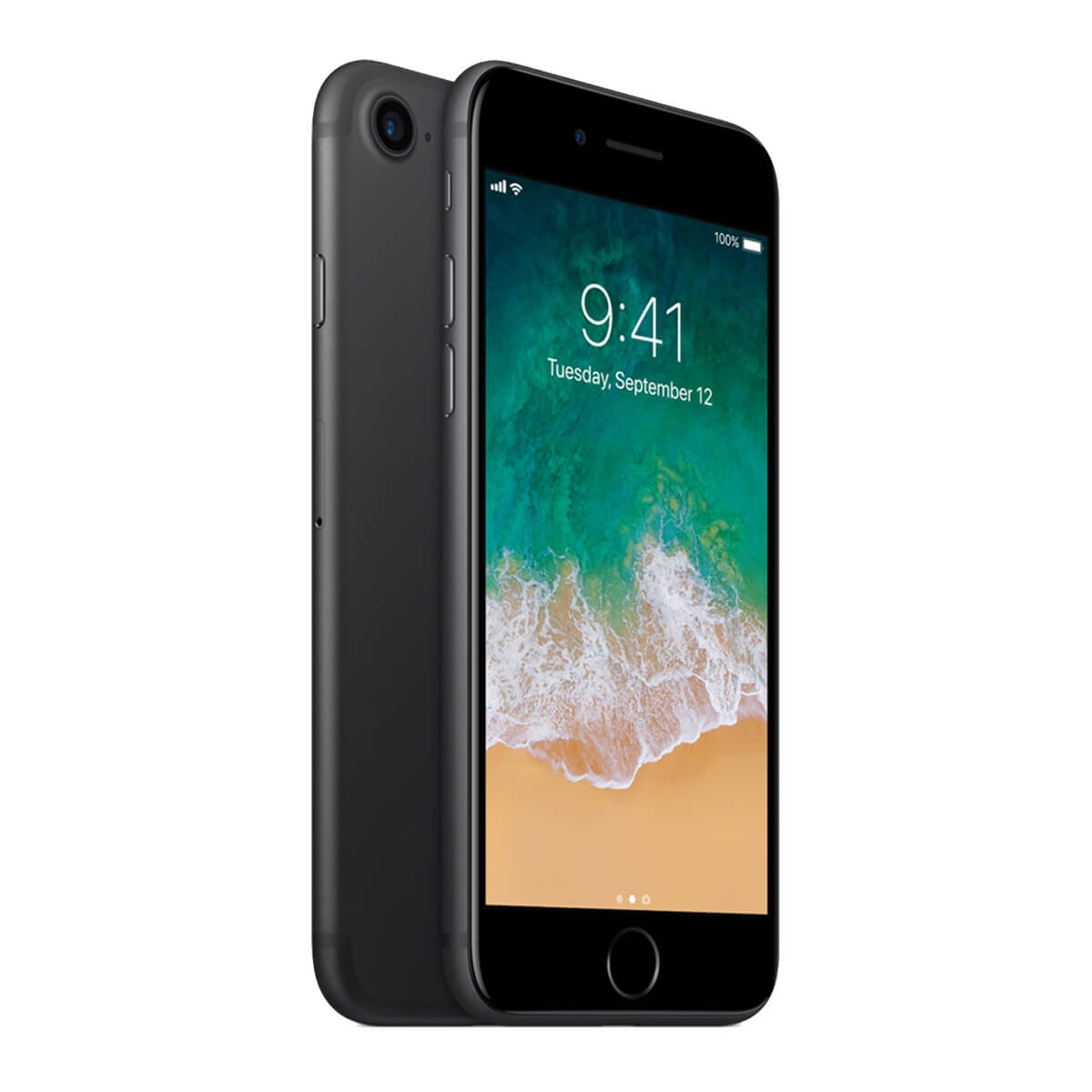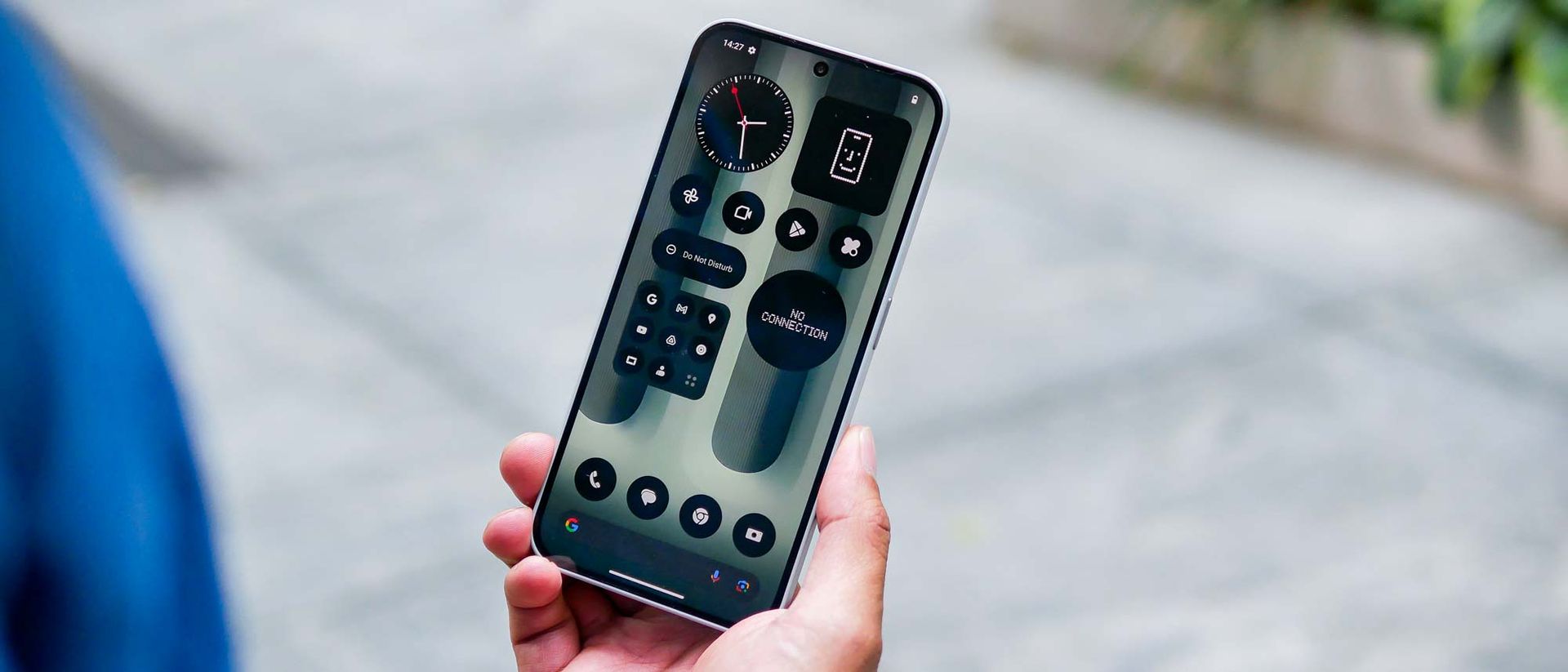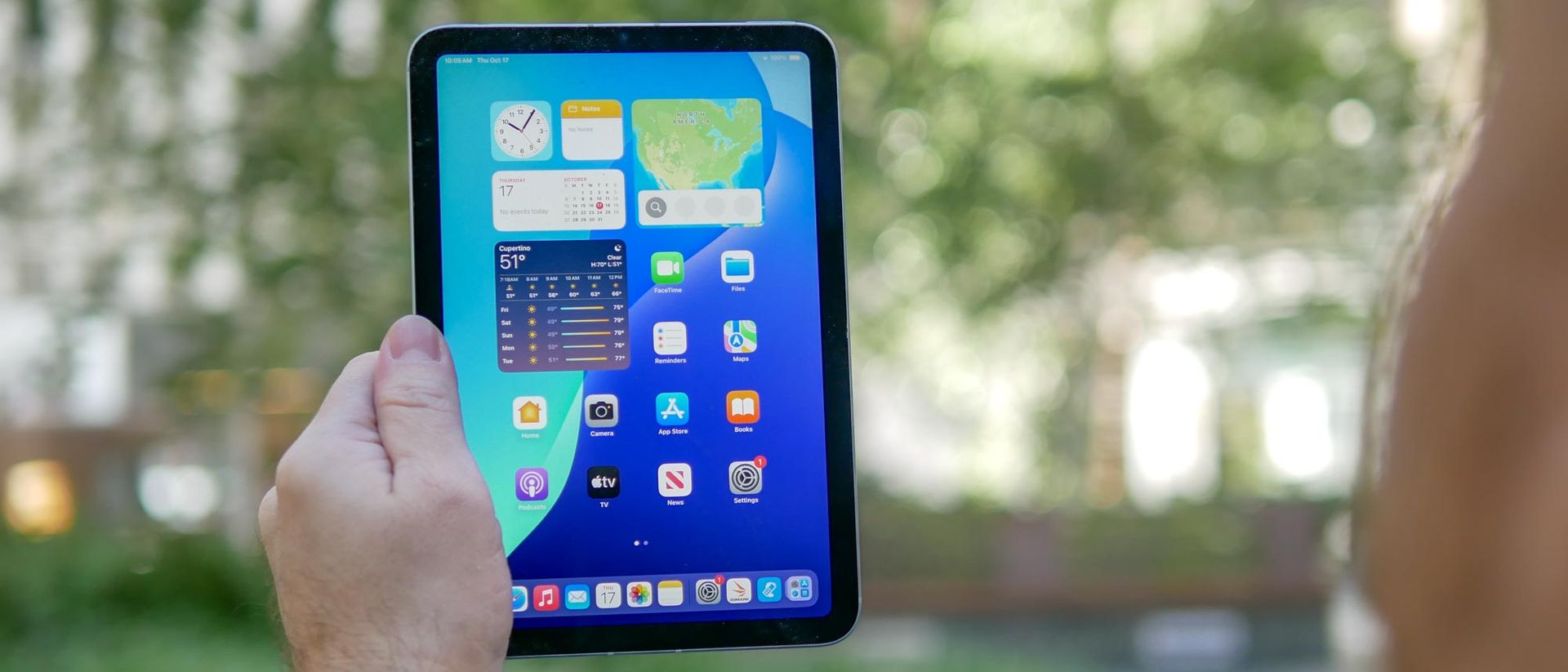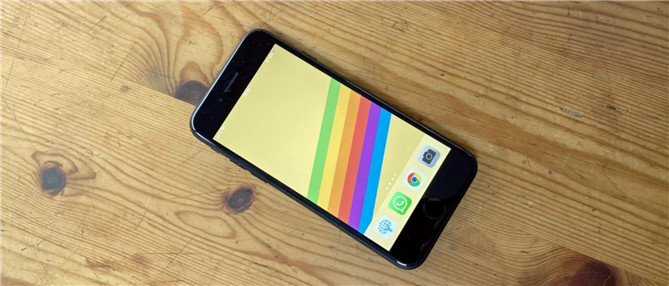
Two-minute review
The iPhone SE 2020 is built around one goal: to create a new iPhone for less money than ever, and it achieves that well. For just $399 / £419 / AU$749 you can have a brand-new handset from Apple – it’s one of the best iPhones ever created and you can now get your hands on one.
The design of the phone is going to be familiar to anyone that’s used an iPhone recently – unless you’ve not held a handset from Apple since 2013 then you’ll have seen this 4.7-inch frame before, complete with bezels top and bottom and a home button with fingerprint scanner built in.
It’s now seen as the ‘smaller’ iPhone form factor given the all-screen designs of the more recent models, and it’s both more lightweight and pocketable than anything from the iPhone 11 range.
It’s pleasingly water resistant, but does have some drawbacks thanks to the older design: it lacks a headphone jack at the bottom, and because the display technology is slightly dated (as it comes from the iPhone 8) it can suffer in bright light when you’re trying to watch videos or the like.
Apple might have stuck with the same design as the iPhone 8, but the innards are much improved – notably the new A13 Bionic chipset inside, which adds speed nearly everywhere and really does improve the performance over the older 4.7-inch models. It’s not quite at the level of the iPhones launched last year, but it’s not far off. Sell iPhone to Tradelectronics for cash, and buy the new iPhone SE 2020.
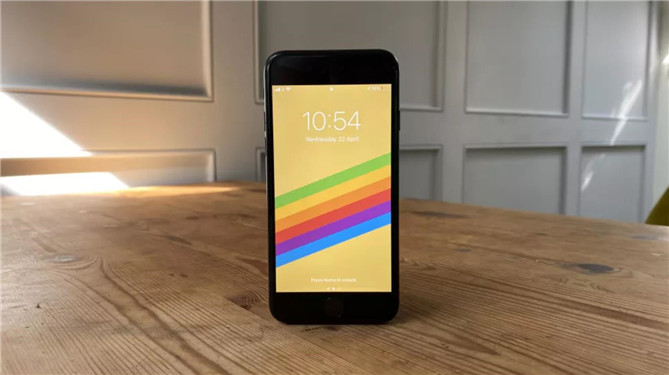
That A13 chipset has improved the camera performance too, despite no discernible change to the specs of the sensor since the iPhone 8 (there’s just a single lens on the iPhone SE 2020).
It takes decent, bright photos that will please most people, although it doesn’t quite offer the same color reproduction or clarity as the iPhone 11 Pro Max, for example.
The portrait mode doesn’t work as well as on phones that pack a second, depth-sensing sensor for precise bokeh effects , and as a result you can be left with some odd-looking fringing around the edges of subjects. But overall the camera – and especially for the price – takes impressive pictures in most scenarios.
Battery life is probably one of the biggest issues we found with the iPhone SE 2020 – it’s not going to easily last you a day unless you’re a particularly light and sedate user.
Given the number of power-hungry apps available that will make the most of all that power provided by the A13 chipset, we would have liked to have seen at least an all-day battery in there, even for the lower price.
However, don’t let that detract from the fact that the iPhone SE 2020 follows on from its predecessor by bringing you a new iPhone, with not a lot of compromise, for less money than you might expect.
While it doesn’t hit many heights in terms of power or performance, it more than offsets that by being the cheapest iPhone Apple has ever launched while still packing refined and useful hardware, making the new iPhone SE a splendid option for those either on a budget or just wanting to find an easy route into the Apple ecosystem.
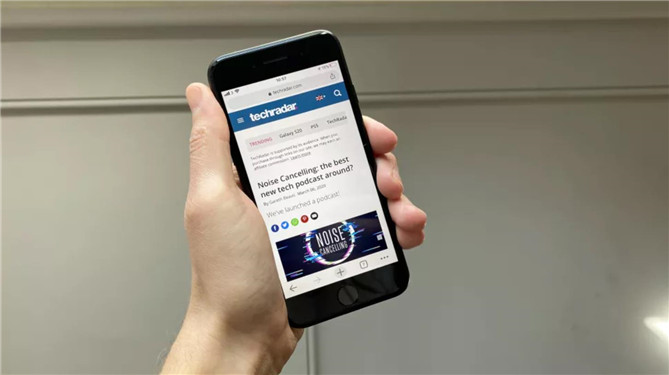
iPhone SE price and release date
The iPhone SE 2020 release date was Friday April 24 (with pre-orders going live the week before) so you can now get your hands on Apple’s latest handset if you’re hankering for some low-price iPhone action.
The iPhone SE price starts at $399 / £419 / AU$749 / Rs 42,500, meaning it’s the same price in the US as the original iPhone SE (but higher in the UK). The base model comes with 64GB of storage, with 128GB and 256GB models also available for a higher price (which you can see listed below).
In the US, Apple is offering the new iPhone SE at $16.62/month through its financing plan or, if you have something like the iPhone 8 to trade-in, just $9.54/mo or $229 – although if you’re upgrading from the original iPhone SE or iPhone 6, you’ll only get $30 toward the full price of the device.
- Looking to pre-order? The best iPhone SE deals in the US
- Live in the UK? These are the best iPhone deals for the UK
Design and display
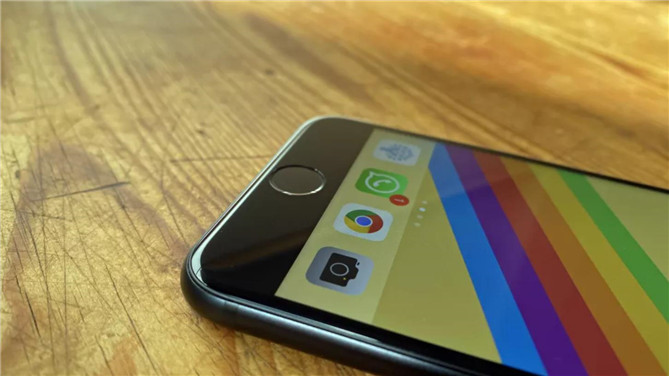
The iPhone SE has exactly the same design and display as the iPhone 8 from 2017. Using this form factor and screen hardware allowed Apple to keep the cost of the device as low as it has, as it didn’t need to invest in a whole new manufacturing process.
It feels like the iPhone world has moved on in three years though – that the 4.7-inch screen with the chunky bezels above and below has been consigned to the past.
In that time the flagship iPhone range has moved to an all-screen design – barring a notch at the top, you’re presented with barely any bezels – while with more premium aluminum inside, things have got a little weightier in recent years.
So returning to the iPhone 8 design means Apple is bringing back its more lightweight phone, and anyone upgrading from something like the first iPhone SE will feel less of a change than if they went for the behemothic (but impressive) iPhone 11 Pro Max, for example.
Indeed, picking up the new iPhone SE , the first thing you’ll notice is how lightweight it is. Again, some might not notice the change if they’re coming from a smaller phone from 2016/17, but trust us: it could have been a lot worse, as the devices in the newer all-screen iPhone ranges are a lot heavier.
While the iPhone 8’s design might feel like an archaic choice for a new iPhone, it makes a lot of sense in the iPhone SE 2020 – and for some who don’t particularly care for the latest features, this more familiar design will be a lot more desirable.
One suspects that if Apple had rebooted the original iPhone SE shape, with the smaller 4-inch screen and clickable home button (the new iPhone SE 2020 features a haptic button that doesn’t move, but simulates the feel of a click with a small vibration), it would still have sold well; but the larger 4.7-inch LCD screen is more useful for today’s apps, which make good use of the extended display.
One thing that many will miss is the 3.5mm headphone jack. We’ve been saying we miss this for many moons now, but as the original iPhone SE or other cheaper phones that are 2-3 years old had this feature we can see it might still cause consternation.
While some phone buyers might have accepted this loss by now (barely any handsets are being launched with the port now) it might still be something of a shock for those using phones from a few years ago, in spite of the plethora of true wireless earbuds.
Apple has put its EarPods in the iPhone SE box, which use the phone’s Lightning connector in place of the 3.5mm headphone jack, but those who already have wired headphones that they’re happy with will need to spend $9 / £9 / AU$15 on an adapter.
The display on the iPhone SE 2020 might not be the most feature-rich, but it’s fine. Given the target market this phone is aimed at – those who want a new iPhone, but don’t want to spend a huge amount of money on one – there’s not really an expectation of a fancy OLED display here.
The resolution of the iPhone SE screen might not be top-end (it’s far less sharp than more recent iPhones, or even a number of cheap Android phones), but it’s not something that’s really that obvious in most use-cases.
The only thing that we would like to see improved is the brightness of the display: in the years since the iPhone 8 launch the color and vividity of the screens on phones has improved hugely, and they appears brighter at default settings – and forcing the brightness right up has a strong (and negative) effect on the battery life.
That brightness does need to be increased a little too often as well – there’s no escaping the fact that this is an older display on offer with the iPhone SE 2020, and there were more than a few occasions when we needed to shelter the phone from brighter light to see what was on the screen – something that isn’t an issue with newer iPhones.
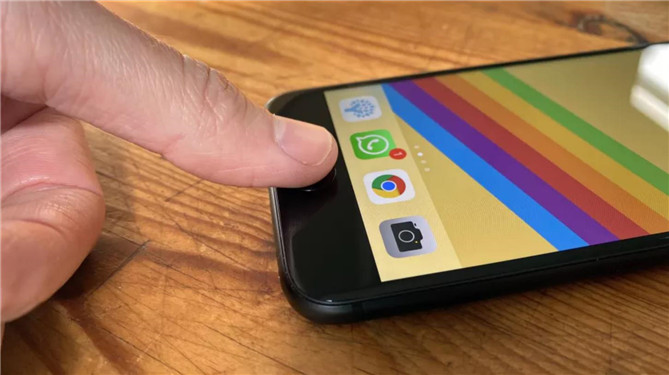
A13 Bionic chipset
The big change with the iPhone SE 2020 (and we don’t use the italics lightly there) is the upgraded engine from the iPhone 8. While the external design is nigh-on identical, Apple has supercharged the insides, with an improved chipset running the show.
That extra power is designed to allow the new iPhone SE to rival the iPhone 11 range in terms of speed when flipping between apps, and editing snaps and video, and should also improve the camera performance (thanks to upgraded computational power from the new chipset).
Apple looks to have implemented some serious performance improvements while keeping the cost of this phone down, and that impression has been borne out in our experience with the iPhone SE: it matched the iPhone 11 Pro Max – the most powerful phone from Apple on the market – for speed when exporting an iMovie, and actually compressed a 1080p four-and-a- half minute video at an almost identical speed.
We compared it to the older iPhone 8 Plus with the same test, and when compressing and exporting a movie down to a smaller size, the iPhone SE 2020 managed the task so much quicker.
If you’re going to tax the phone to its limits, then the iPhone 11 Pro handsets are more able to handle graphically intensive tasks and apps – but even when playing more powerful games like Pascal’s Wager, we didn’t feel the new iPhone SE losing any performance. The average user will notice little difference unless intentionally trying to tax the SE 2020.
What’s interesting is the way that the iPhone SE has been ‘angled’ by Apple in terms of power output. Our benchmark testing showed that the newest iPhone doesn’t quite have the raw grunt or speed of the iPhone 11 range, suggesting that Apple is balancing power output with battery performance.
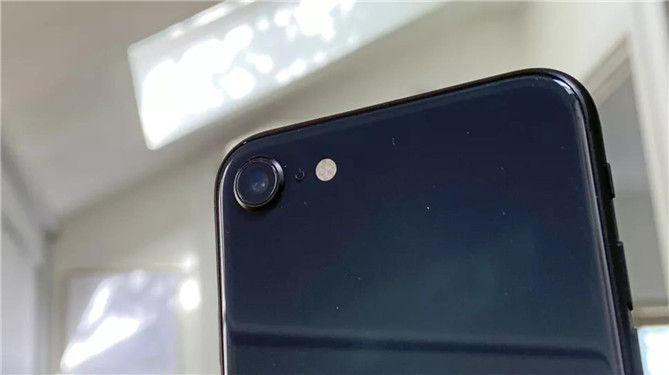
Camera
In our view, the make-or-break feature for the iPhone SE – and so the key focus of this review – is the iPhone SE camera and how well it performs in day to day use – given that there’s ‘old’ hardware on offer here, Apple has taken a gamble that it can improve photo quality using image processing powered by the A13 Bionic chipset.
Spoiler alert: the gamble has paid off handsomely. The new iPhone SE goes toe-to-toe with the iPhone 11 Pro Max in terms of general snapping, and only struggles when it comes to the areas where the hardware is lacking.
We’ll explain more about that in a moment, but we’ve compared the iPhone SE 2020 to the iPhone 11 Pro Max, the iPhone XS Max and the iPhone 8 Plus, and it holds its own well.
Before we go into more detail about the camera’s performance, let’s look at the hardware: the iPhone SE camera is basically using the same set of lenses, and megapixel count, as the iPhone 8, with a 12MP camera, a six-element lens and a sapphire glass cover for strength.
We don’t know the exact sensor that’s being used – Apple wouldn’t confirm whether it had upgraded the hardware there – but the same 12MP camera and f/1.8 aperture remains, so it seems that there’s very little change to the sensor.
However, Apple has kept the same hardware specs for the ‘normal’ wide-angle lens on the iPhone range since the iPhone 8, but hugely improved the quality of the pics – which suggests the processor is doing a lot of the heavy lifting. So just how much difference does imbuing the iPhone SE with the same A13 Bionic chipset, complete with that improved image signal processor inside, make?
The short answer is: a lot. Put photos from the iPhone SE 2020 next to snaps taken with the iPhone 8 Plus, for example, and you can instantly see improved sharpness, more accurate color reproduction, and an overall ‘better’ photo whether taken in brighter or darker conditions.
Apple’s ‘tuning’ of images from the new iPhone SE – the way it thinks a photo should look – is interesting, with the processing appearing to follow in the footsteps of that in the iPhone 11 range, favoring a cooler-looking scene.
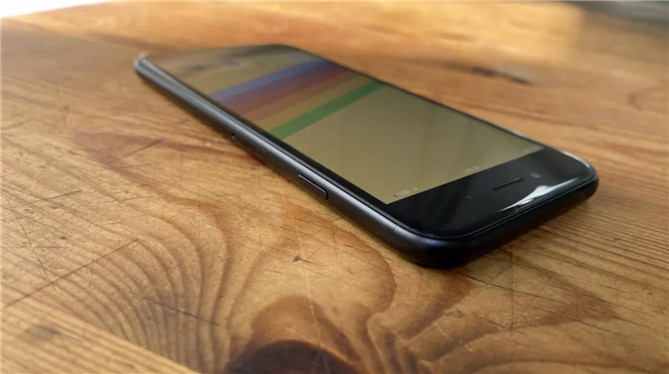
Battery
The new iPhone SE battery size hasn’t been announced by Apple (it never reveals this spec), but we do know that the iPhone 8 came with a 1,821mAh power pack, and we anticipate something similar for the iPhone SE 2020.
And if that is indeed the case then it’s a potential issue, because the iPhone 8 didn’t have stellar battery life – it could just about last a day in normal use, with the charger needing to be in reach towards the end of the evening.
The new iPhone SE should, in theory, have a longer-lasting battery as it’s got a more efficient engine at its heart, and iOS 13.4 is better at managing power consumption.
However, Apple says the iPhone SE “lasts about the same as iPhone 8”, which is surprising and suggests that you should see about 2-4 hours’ less battery life in normal use than an iPhone 11, and up to 25 hours less if just using the iPhone for audio.
In practical use, we saw a mixed performance from the new iPhone in terms of battery life: it certainly wasn’t in the same power-use bracket as the impressive iPhone XR and iPhone 11 range, and we found ourselves having to regularly reach for the charger in the evening.
However, on low-usage days, where we didn’t use the iPhone for a heavy amount of photography or web browsing, we got to the end of the day with over 30% left in the tank, and we saw little power-drain overnight too, suggesting that the iPhone SE is pretty power-efficient in standby mode.
But, overall, we felt that the iPhone SE was indeed a throwback to the older, 4.7-inch iPhone models, where it just felt like the power pack inside wasn’t big enough to comfortably last the day – we definitely didn’t have the confidence in this handset that we’ve come to enjoy with more recent iPhones.
However, if you’re coming from an original iPhone SE or older iPhone model you won’t notice any issue (and you’ll probably see a slight improvement) – it’s just a shame that this feels like an opportunity to improve things that Apple has surprisingly missed.
One way of alleviating this issue is to invest in a fast charger. Anything with USB-C PD or 18W power delivery (such as the charger that comes in the box with the iPhone 11 Pro and is available for an extra $29 / £29 / AU$49) will charge the phone rapidly – we’re talking getting you from empty to over 50% in around 30 minutes.
The overall charging speed is around one hour and 50 minutes for a full, dead-to-100% recharge, but the 5W charger that comes in the box will be a lot slower. We’d suggest picking up a fast iPhone charger from Apple or Anker to suit your speedier charging needs.
Then again you could buy a wireless charger instead, as the iPhone SE 2020 is Qi-charging enabled. Grab a cheap wireless pad or two, for home and when (eventually) at work, and you’ll never have an issue with power levels again.
It’s not ideal – we’d rather the iPhone could just easily last a day without you needing to reach for the charger, giving you some breathing room going into the next day or in case of emergency, but that’s not the case here for some reason.
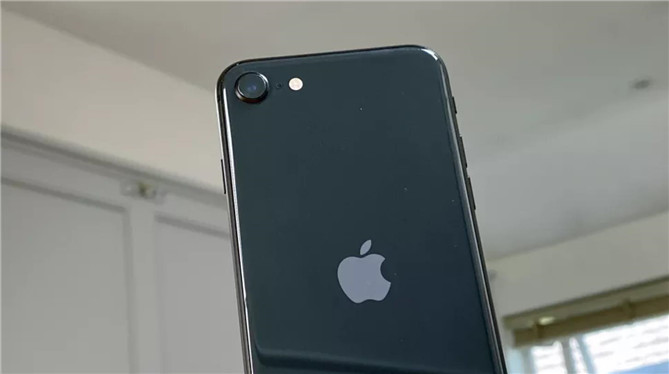
Should I buy the iPhone SE?
Buy it if…
You want a new, great-value iPhone
This is easily the best-value handset from Apple yet. Not only is it the cheapest model, but it comes with Touch ID, a powerful engine that makes it fast and responsive under the finger, and a decent camera, all for nearly half the price of an iPhone 11.
You’re going to keep hold of it for a few years
The iPhone SE from 2016 was popular because it offered something novel at the time: a new iPhone for less cash than the existing models, and that same idea has been offered with the latest model.With the iPhone SE 2020, you’re likely to still get upgrades and security features for three to four years, which will appeal to many who aren’t as bothered about having the very latest features.
You want a lightweight handset
If you want a new iPhone but don’t want weight in the pocket, then this is the model to go for. It’s far less weighty (partly, it seems, due to having less battery to lean on), and is easier to wrap your fingers around than some models in the range right now.
Don’t buy it if…
You want the best pics from an iPhone
While the iPhone SE 2020 camera is strong, it’s not the strongest in the range, and it struggles in a few areas, such as with exposure levels and depth of field effects. However, it’s still mightily impressive for the money, and will impress those upgrading from much older phones.
You value long battery life
We’re still not sure why Apple has stuck with the battery life from the iPhone 8, but it has. It’s usable, but given that the newer models are now able to much more easily last a day in normal use, we expected more here – this is very much ‘stereotypical iPhone battery life’.
You love watching movies on the go
The screen on the iPhone SE 2020 dates back a few years, being the same one that was used on the iPhone 8. It’s not stellar in bright light, and it lacks the sharpness of newer screens, although the speakers are punchy to help improve the movie-watching experience.
Author: Gareth Beavis
Source: Techradar

